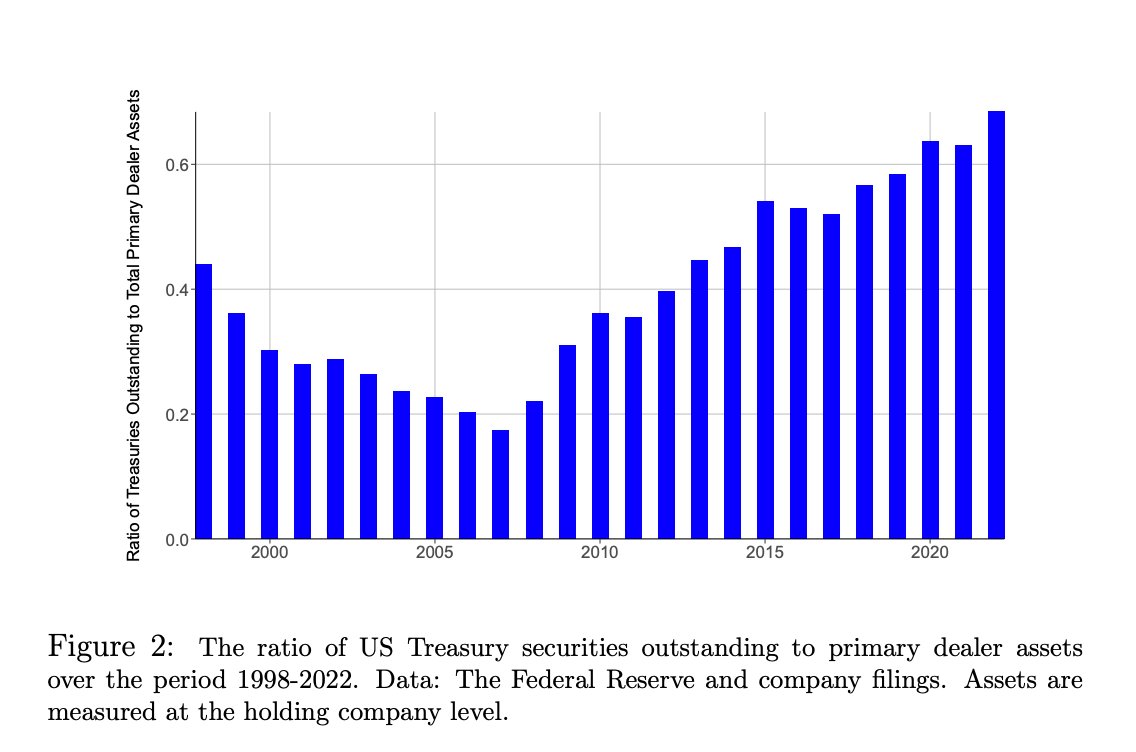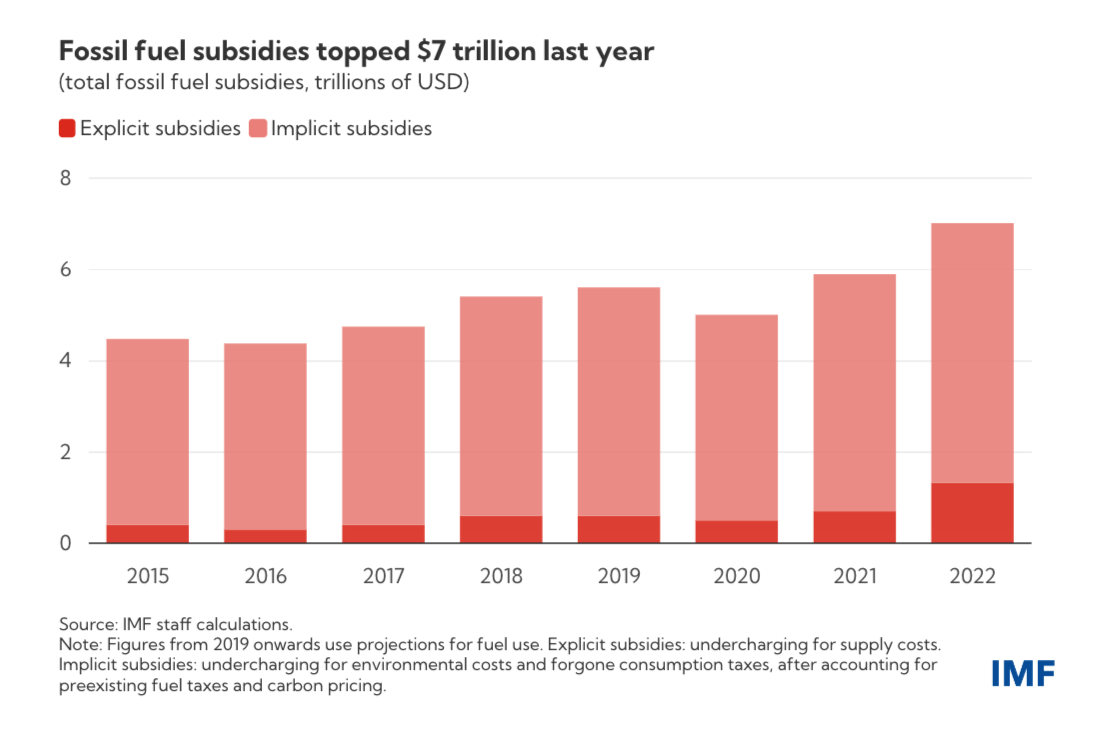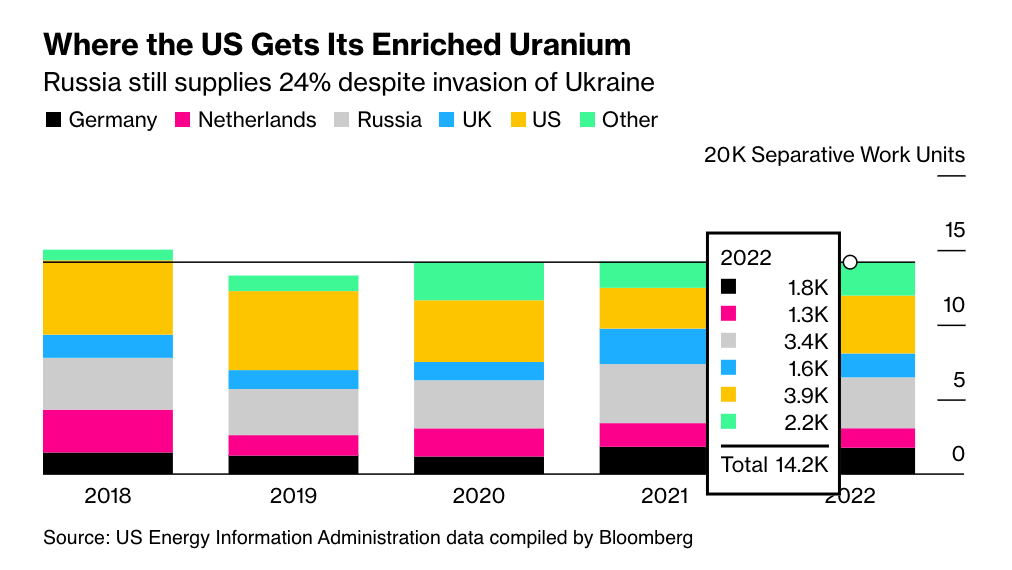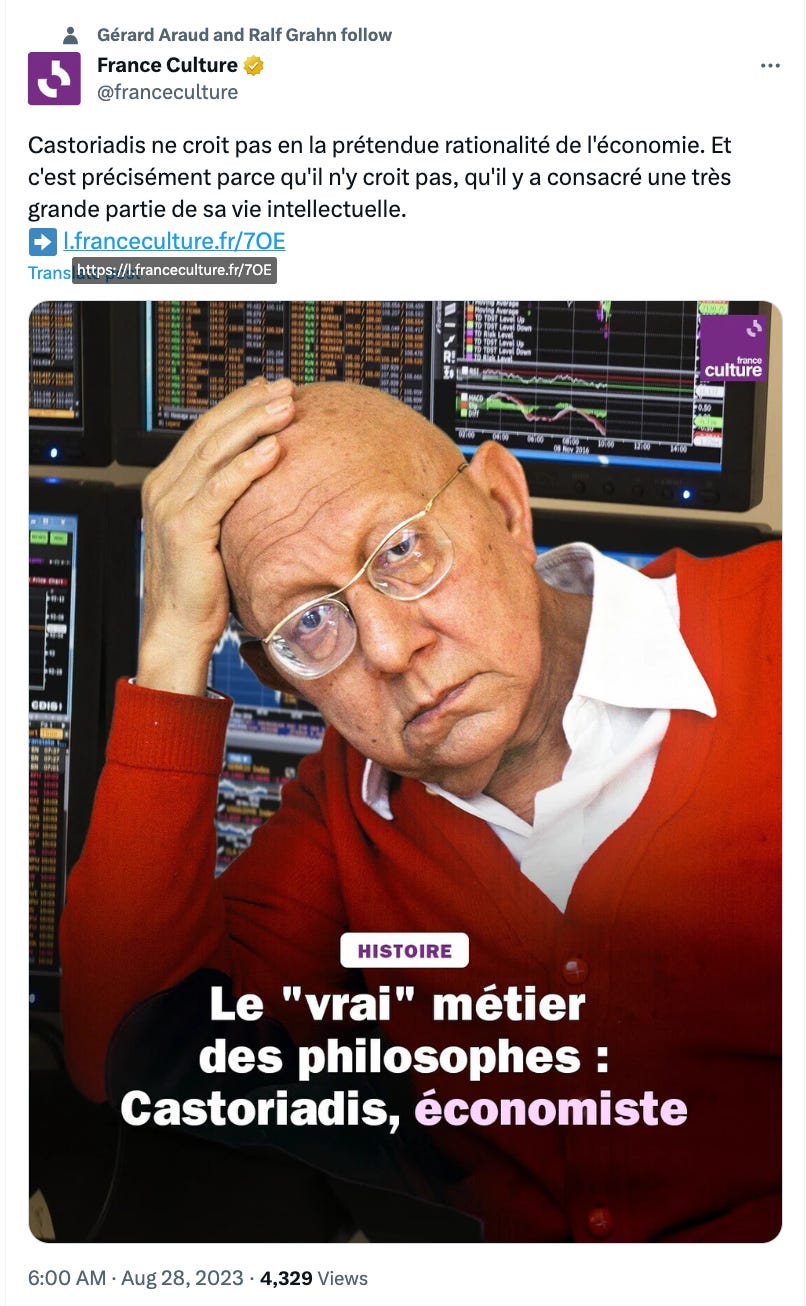Treasury market stability, Russian uranium, the "mountain of steel" & the kingdom of golf carts
Great links, images and reading from Chartbook Newsletter
Margaret Preston, Eucalyptus 1928 Source: WA Artgallery
Thank you for reading Chartbook Newsletter. The project is sustained by voluntary contributions from readers like you. To graduate from the readers to the supporters club and gt the full Top Links feed to your email inbox daily, click here
Treasury market stability … Darrell Duffie is still worried
The implications of dealer capacity limits for Treasury market resilience may worsen in future years because the quantity of Treasury securities that investors may wish to liquidate in a crisis is growing far more rapidly than the size of dealer balance sheets. In 2020 alone, the stock of marketable US Treasuries held by the public increased from about $17 trillion to about $21 trillion. In July 2023, The US Congressional Budget Office (2023) projected that the total amount of Treasury security debt will rise from 98% of US gross domestic product (GDP) in 2023 to 177% of GDP in 2052, far above the previous peak of 106% of GDP in 1946. Yet the dealer balance sheets are not even keeping up with GDP. For example, from 2010 to 2022, the ratio of total primary-dealer assets, at the holding company level, to GDP went down by 18.5%.20 The stress on dealer balance sheets of handling future surges in trade demands could also be magnified by increases in the volatility of Treasury prices.
Fossil subsidy surge
Fossil-fuel subsidies rose by $2 trillion over the past two years as explicit subsidies (undercharging for supply costs) more than doubled to $1.3 trillion. This is remarkable because it is normally implicit subsidies i.e. undercharged environmental costs that dominate this balance.
Source: IMF
Offshore wind shift
For subscribers only
Rosatom: uranium supplier to the world
Unlike Western companies in the nuclear business, Rosatom is involved in every part of the supply chain, from ore extraction to fuel enrichment and delivery. The company is as much an expression of the Kremlin’s geopolitical power as a profit-generating business. That state-level commitment has played to Russia’s advantage. When international investors turned away from nuclear power following the Fukushima accident in 2011, some Western companies involved in the fuel cycle, including Avrea SA in France, the US Enrichment Co and Westinghouse Electric Co, went bankrupt. Russia stepped in, building market share not only among the world’s existing fleet of nuclear reactors, but by offering generous financing for new foreign projects. Today, Rosatom’s 330,000 workers provide fuel assemblies to scores of old reactors in eastern Europe and Russia, and is building 33 new power units in 10 countries, including China and India, that will be locked into fuel contracts for decades ahead.
Russia supplies almost as much enriched uranium to US reactors as the US generates itself;
Source: Bloomberg
Margaret Preston "Still Life" C 1926
Source: Ozbid
Why Trump =/= Brexit
Since Donald Trump’s shock victory in the 2016 U.S. presidential election many commentators have compared his rise with the victory of the anti-EU Leave campaign in the referendum over the U.K.’s EU membership the same year. Across Europe and North America, voter groups facing social change were drawn to populist nostalgia that promised to roll back migration and globalization. Yet too often such comparisons have ignored huge differences between these political earthquakes whose effects are still being felt after Trump’s defeat at the hands of President Biden in 2020 and the signing of a U.K.-EU Trade and Cooperation Agreement in 2021.
Typically excellent from Alexander Clarkson in WPR
Kingdom of Golf Carts
For subscribers only
“Mountain of steel”
For subscribers only
Castoriadis radio segment
Source: France Culture
Margaret Preston, Native Honeysuckle 1933 Source: Artbase
If you have scrolled this far you really ought to consider clicking one of the options here











